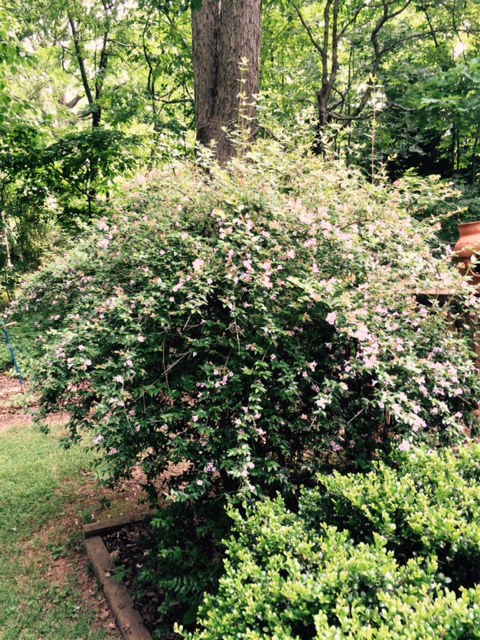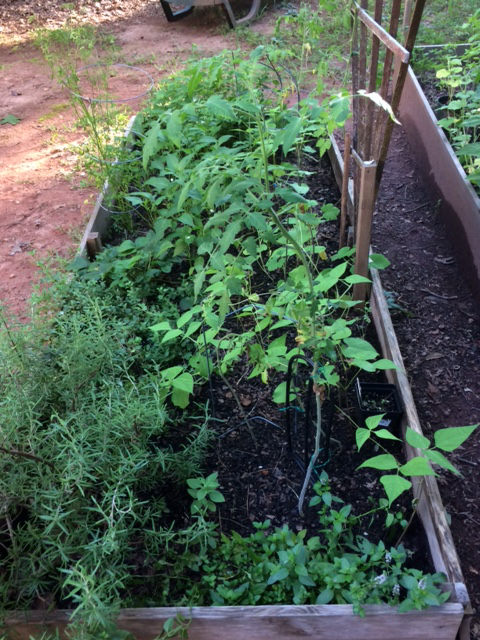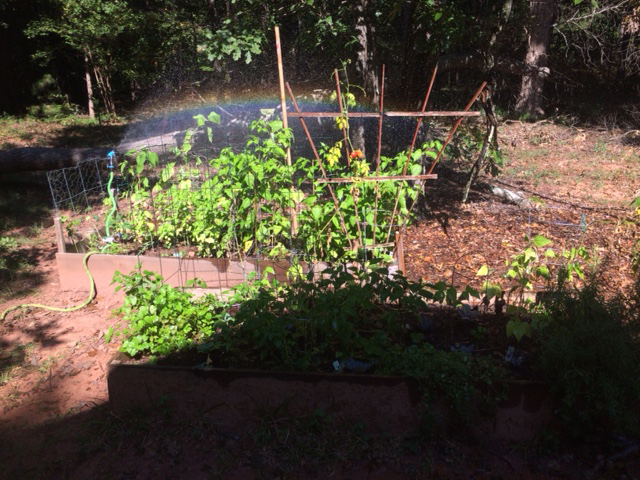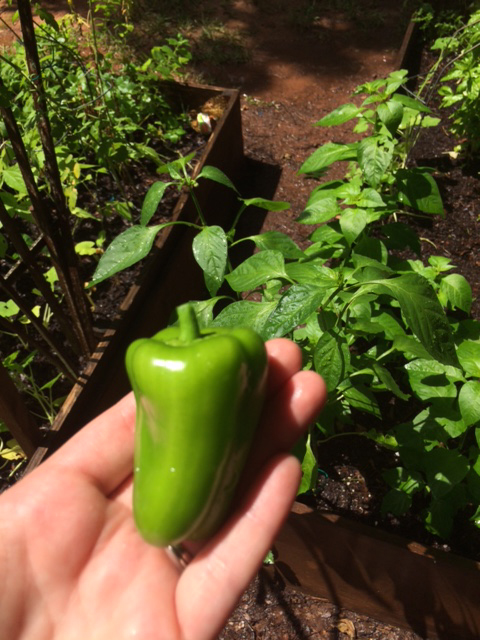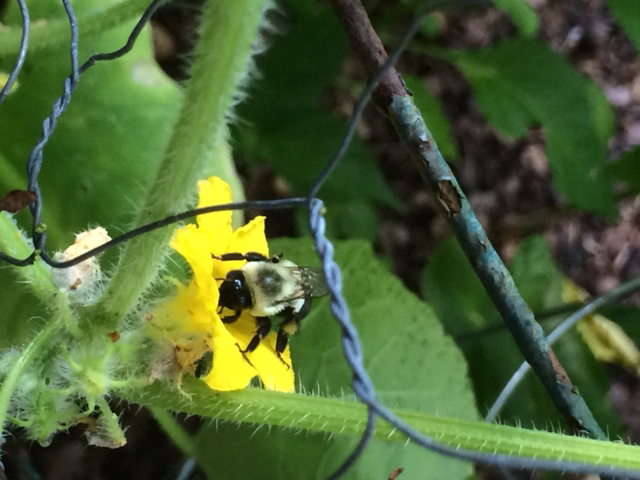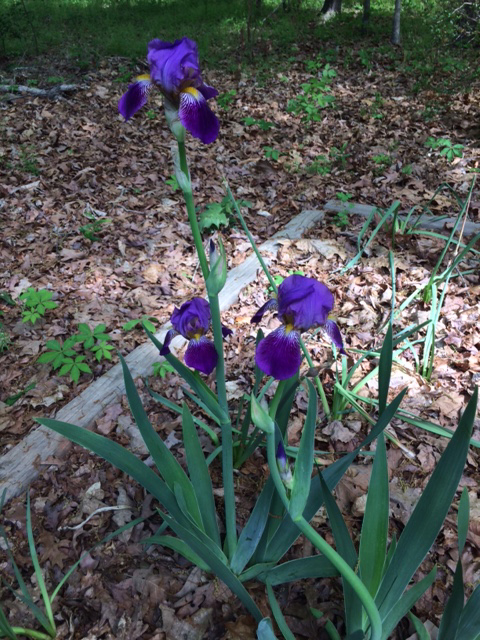I planted pea seeds of several different types this year- Snow Peas, Oregon Sugar Pod, Sugar Daddy, and Super Sugar Snap Peas, in Raised Organic Garden Bed #2, on March 2nd, 2018-
The Snow Peas produced the best this time. I harvested the 1st peas on May 10th. It was 69 days till harvest, and the packages said 68. Even with the weather being so dry and warmer than usual, they still produced a gallon size freezer bag full so far. The snow peas produced a few more pods over the last weeks of May, but very few compared to earlier in the season.
I harvested Snow Peas that I planted from seeds sold by Lake Valley Seed Company. Every other day or so over a couple weeks I harvested pods, and added them to a freezer bag in the fridge crisper, lying on a paper towel. Then, I blanched them for about 2 minutes, drained, and put in the freezer.
Then, I ate them a few weeks later, because I could’t resist. They stayed so vibrantly green, and sweet and tasty! Love them!
I had a huge slug infestation this year; I spent a great deal of time cursing & pulling slugs off my plants-mostly the peppers and peas, but there were still plenty left for us to enjoy. It was extremely wet the last few months, and the slugs seemed to have moved on now because of the drier, warmer conditions.
I knew nothing of the history of peas. Turns out they are the longest cultivated crop in history! I found some very useful info about the history of peas at








